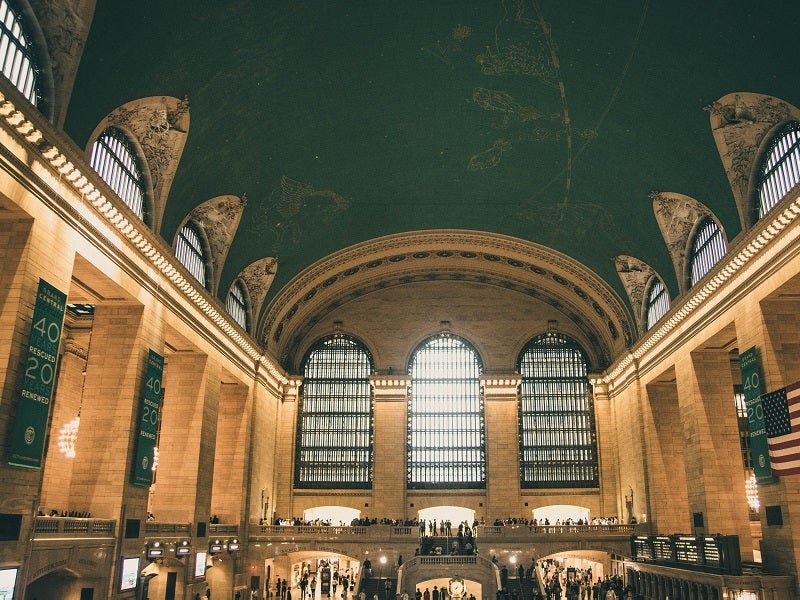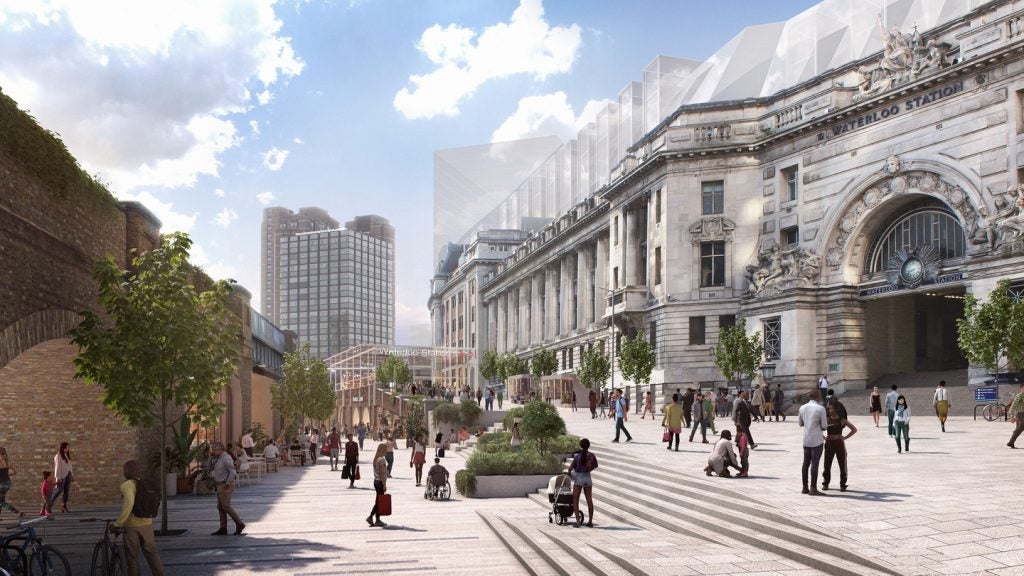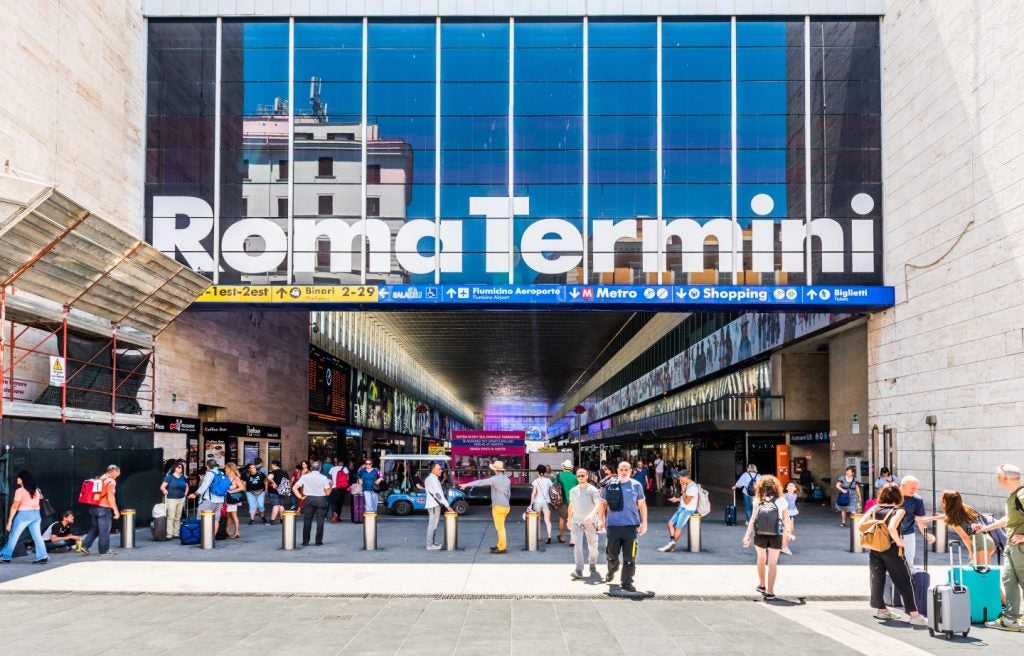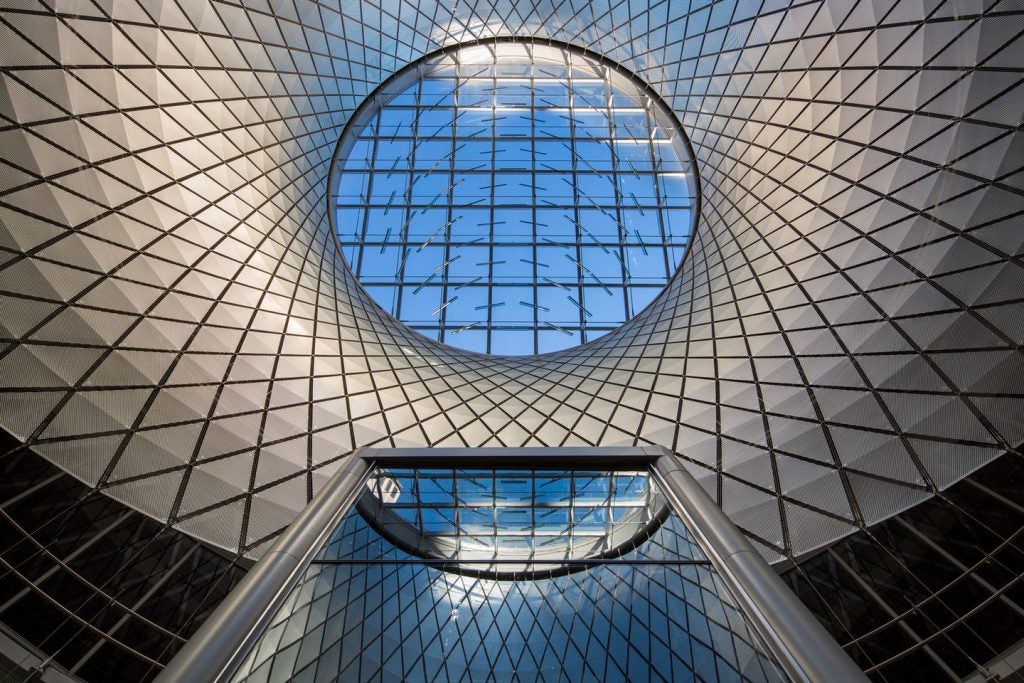
Our first glimpse of a town or city is still often via its railway station.
Some stations evoke a sense of wonder at their mere mention, such as the marbled concourse of New York’s Grand Central, or Atocha in Madrid – a station so colourful it has its own tropical garden.
Then there are others that conjure up no sense of pleasure whatsoever. For all its historical majesty, Rome is still served by Termini station – a grotty, concrete-heavy affair beset by overcrowding and pickpocketing. Brussels may pitch itself as the gateway to Europe, but Midi, the city’s dank and poorly-lit main hub, does little to inspire.
However, something all stations share – irrespective of their charm, or lack thereof – is a need to modernise. Rather than operating solely as transport hubs, it is likely they will assume a more community-driven role as the 21st century progresses.
This theme forms the basis of a new report, jointly produced by UK rail infrastructure manager Network Rail and engineering group Arup. Entitled ‘Tomorrow’s Living Station’, the paper analyses the various different ways stations – both large and small – will need to evolve to keep pace with the demands of tomorrow’s passengers.
“If stations are to not only remain relevant, but be a competitive contributor to human futures, they must transform from a perception of static infrastructures and become the centre of nimble systems of movement, agile places and flexible operations,” wrote Malcolm Smith, Arup’s leader of integrated city planning, in the report’s foreword.
How well do you really know your competitors?
Access the most comprehensive Company Profiles on the market, powered by GlobalData. Save hours of research. Gain competitive edge.

Thank you!
Your download email will arrive shortly
Not ready to buy yet? Download a free sample
We are confident about the unique quality of our Company Profiles. However, we want you to make the most beneficial decision for your business, so we offer a free sample that you can download by submitting the below form
By GlobalData“Fluid, seamless and easy”: stations as centres of movement
According to the report, the living station will serve as a “multi-modal hub”, connecting not only rail passengers but travellers using various transport services. At some point in the future, drone ports might be as common a feature of the urban railway station as the traditional taxi rank.
“Whether they are checking-in for the entire journey at the start of their holiday or sharing an autonomous drone taxi to a meeting, the station will be the natural, safe and lively touchpoint for people’s mobility needs,” reads the report.
The living station also imagines a day in the not-too-distant future when physical tickets and departure boards are phased out altogether in favour of mobile apps and virtual messaging. This technology shift, argues the report’s authors, “presents an enormous opportunity to make travelling through a station fluid, seamless and easy”.
“Personalised, real-time navigation paths through the station will make wayfinding easier, and alternative approaches to physical ticket barriers can be explored, improving accessibility, speeding up boarding and reducing congestion at the station.”
Some stations in the UK, including London Waterloo, Edinburgh Waverley and Glasgow Central, appear to be ready to embrace smart fares, having recently rolled out tap-and-go technology at their barriers. According to data released by Rail Delivery Group, the monthly number of rail journeys taken with paper tickets dropped by 13.3 million, year on year, in 2019.
In October, Rail Delivery Group, the UK rail industry’s representative body, also held a “smart week” campaign, aimed at encouraging more passengers to ditch orange tickets in favour of digital bookings.
“Greater prosperity”: stations supporting inclusive growth
Railways have long been recognised as a conduit for commerce, but tomorrow’s stations have the opportunity to be become “centres of business in their own right”, claims the report.
“In the future, the station will increasingly contribute to and enable greater prosperity, as well as more equitable growth across the network,” it says.
As stations evolve into “diverse and mixed-use places”, it is feasible that the likes of office spaces, “fully-equipped work pods” and incubator spaces will become more prevalent, in turn helping to “support business and commerce in the local area”.
Repositioned as a “central point for skills and exchange”, stations might also play host to everything from lectures to jobs fairs, as well as workshops held by local businesses.
Some stations, such as Leuven Railway Station in Belgium, already offer office spaces to business travellers. The Regus-operated space in Leuven, a 12-minute train ride from Brussels, includes meeting rooms, a business lounge and hot-desking options.
“Unexpected moments of delight”: stations at the heart of a healthy community
Railways hubs could have a role to play in “improving the wellbeing of communities”, believe Network Rail and Arup. This, they claim, could come in the shape of new public spaces and greener infrastructure, which “have the potential to create unexpected moments of delight”.
“With the railway system seamlessly integrated into the fabric of the neighbourhood, the streets and spaces around stations will become much more closely interwoven,” says the report.
“As the station concourses, platforms and retail environments become part of the community the railway serves, evolving technology creates greater potential for gateless stations and far more generous and enjoyable pieces of public realm, each with the station at the heart.”
Having finally been given the green light to proceed by the UK government, could the High Speed 2 project help deliver such facilities? HS2 Limited, the group responsible for developing and promoting the new rail network, has since revealed new designs for turning Old Oak Common station in west London into a“super hub”. According to HS2, the station, which sits on a former industrial site, will form part of wider regeneration efforts in the area.
“HS2 will transform Old Oak Common, and will be the key to unlocking thousands of new jobs and homes around what will be the UK’s best-connected transport hub,” said HS2’s stations director Matthew Botelle.
“The submission is the next step in HS2’s delivery of a world-class railway, with landmark station architecture designed with future passengers in mind.”
“No one-size-fits-all solution”: what next?
Given the sheer size and diversity of the UK’s railway network (as of 2017, there were 2,563 stations), ranging from sprawling city hubs to end-of-the-line backwaters, “there is no one-size-fits-all solution”, the report notes.
Rather, for the living station to truly take off as a concept, the railway industry will need to think of hubs as not just as static, bricks-and-mortar assets, but instead take into deeper consideration “movement, inclusive growth and community needs beyond the station’s boundaries”.
It will also necessitate wider contextualisation and the consideration of both “outward-facing global parameters” (climate change, for example) with “inward-looking parameters” (such as local geography and the community).
If the living station – or any business, for that matter – is to thrive, it will also demand an experiential focus, in which success is ultimately gauged by people’s experiences and customer satisfaction, as the report concludes.
“People want to use places and services that both meet their needs and provide enjoyment.”







